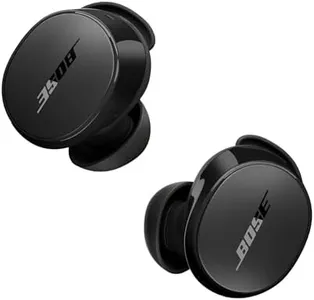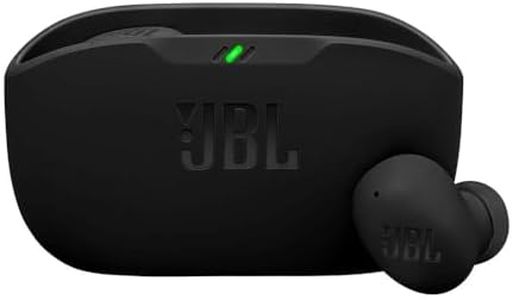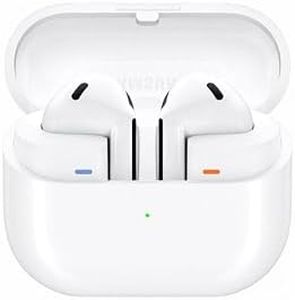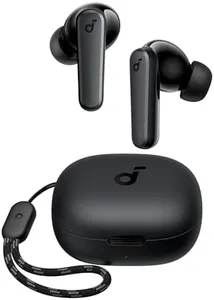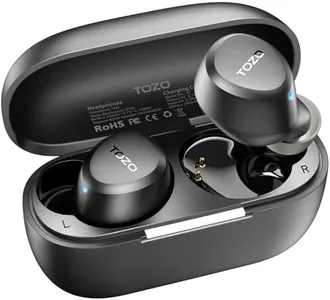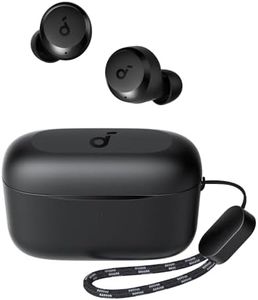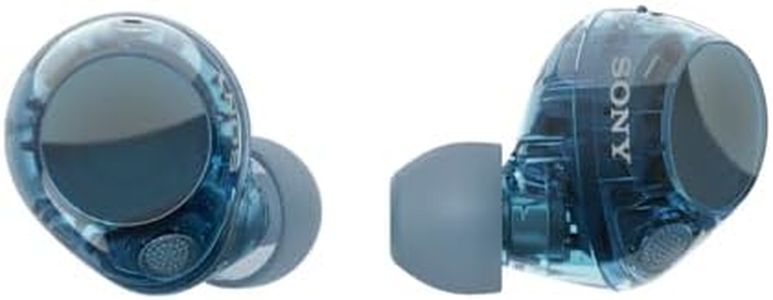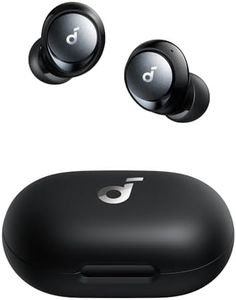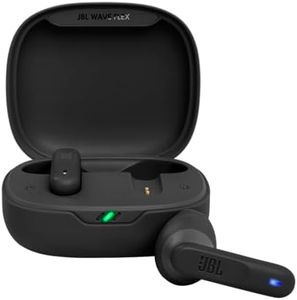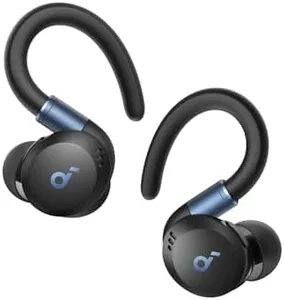We Use CookiesWe use cookies to enhance the security, performance,
functionality and for analytical and promotional activities. By continuing to browse this site you
are agreeing to our privacy policy
10 Best Loudest Bluetooth Earbuds
From leading brands and best sellers available on the web.Buying Guide for the Best Loudest Bluetooth Earbuds
When you're shopping for the loudest Bluetooth earbuds, it's essential to look beyond just volume. You want earbuds that can deliver powerful sound without distortion, while also ensuring your listening experience stays safe and comfortable. Understanding the key specifications will help you compare different options and find the earbuds best suited to your preferences, whether you're listening in a noisy environment or just enjoy crisp, impactful sound.Driver SizeThe driver is the part inside earbuds that produces sound, and its size is directly related to how loud and clear the audio can get. Larger drivers, typically measured in millimeters (mm), can move more air and generally create louder and more dynamic sound. Earbud drivers usually range from about 6mm to 12mm. Smaller drivers (6-8mm) can still offer decent loudness, but larger drivers (9-12mm) are often better for those seeking a more powerful output. When choosing, if your main concern is loudness with bass impact, aim for earbuds with a larger driver, but remember that tuning and overall design matter, too, so size isn't everything.
Sensitivity (Sound Pressure Level or SPL)Sensitivity measures how effectively the earbuds convert power into volume, usually noted in decibels (dB) per milliwatt (mW). Higher sensitivity means the earbuds will be louder at the same power level. Most earbuds fall between 90 and 110 dB SPL/mW. Earbuds closer to 110 dB will get louder with less power, which is important if you want maximum volume without straining the device. However, very high sensitivity can sometimes pick up more background hiss and may become uncomfortable at max volume, so consider your listening habits and typical environments.
ImpedanceImpedance, measured in ohms (Ω), affects how much power the earbuds need to reach high volume. Lower impedance (around 16-32Ω) means the earbuds can get loud with less power, which is ideal for Bluetooth earbuds powered by relatively small amplifiers. High-impedance earbuds need more power and may not achieve their loudest potential on portable devices. For most users, sticking to low-impedance models ensures you get louder audio when using typical smartphones or Bluetooth sources.
Bluetooth VersionThe Bluetooth version impacts the quality and reliability of the wireless connection. While it doesn't directly determine loudness, newer versions like Bluetooth 5.0 and above support better bandwidth and audio codecs, which can help maintain high-quality sound at higher volumes. Older Bluetooth versions might introduce compression or audio dropouts when volume is pushed. For best results, opt for earbuds supporting the latest Bluetooth versions compatible with your device.
Audio Codec SupportAudio codecs determine how sound is transmitted from your device to the earbuds. Codecs like AAC, aptX, and LDAC allow for higher quality streams, especially at higher volumes where clarity matters. SBC is the most basic and widely supported, but it's more compressed. If you crave loud, rich audio with good clarity, look for earbuds supporting advanced codecs, but ensure your phone or player supports them too.
Passive or Active Noise IsolationNoise isolation is about how well the earbuds block out external sounds. More isolation means you don't have to turn up the volume as much to hear your music clearly, protecting your ears in the process. Earbuds with good passive isolation (a snug fit) or active noise cancellation (special technology to reduce background noise) make it easier to enjoy loud-sounding music without needing the absolute highest volume setting. If you’re often in noisy environments, prioritize models with noise isolation features.
